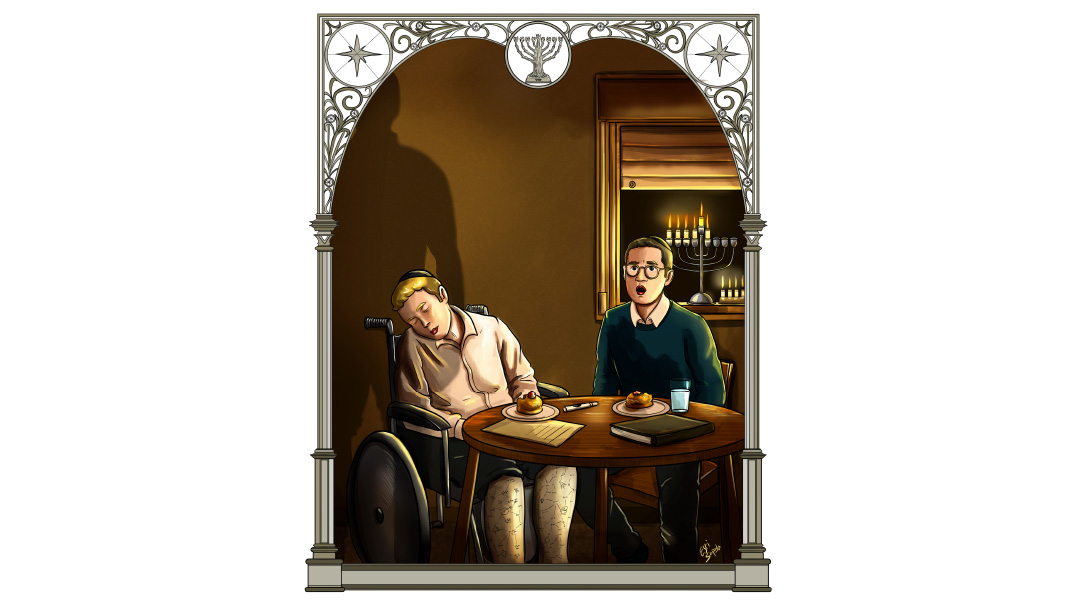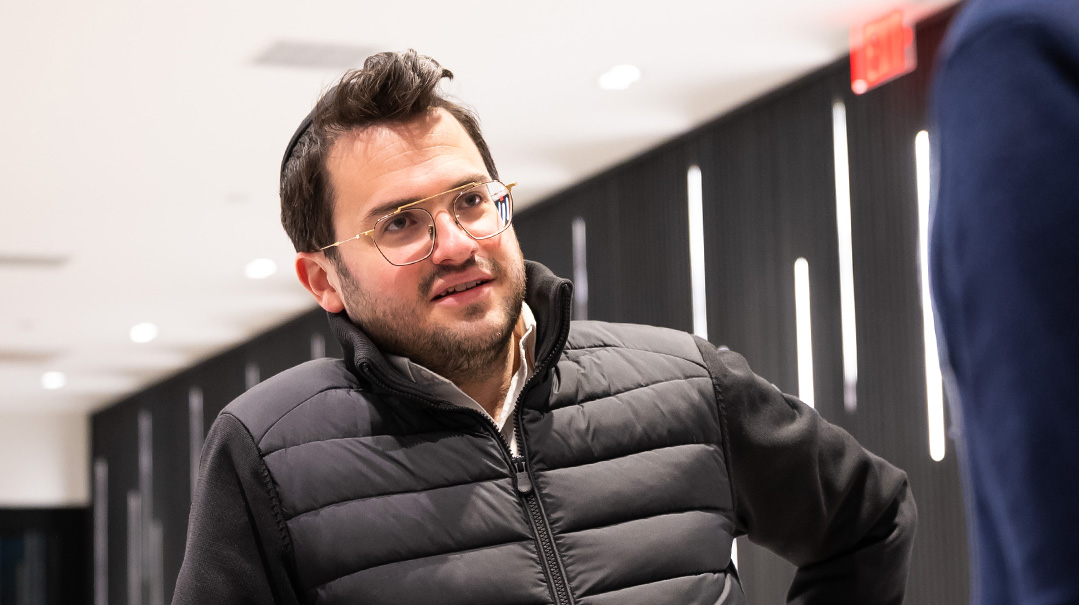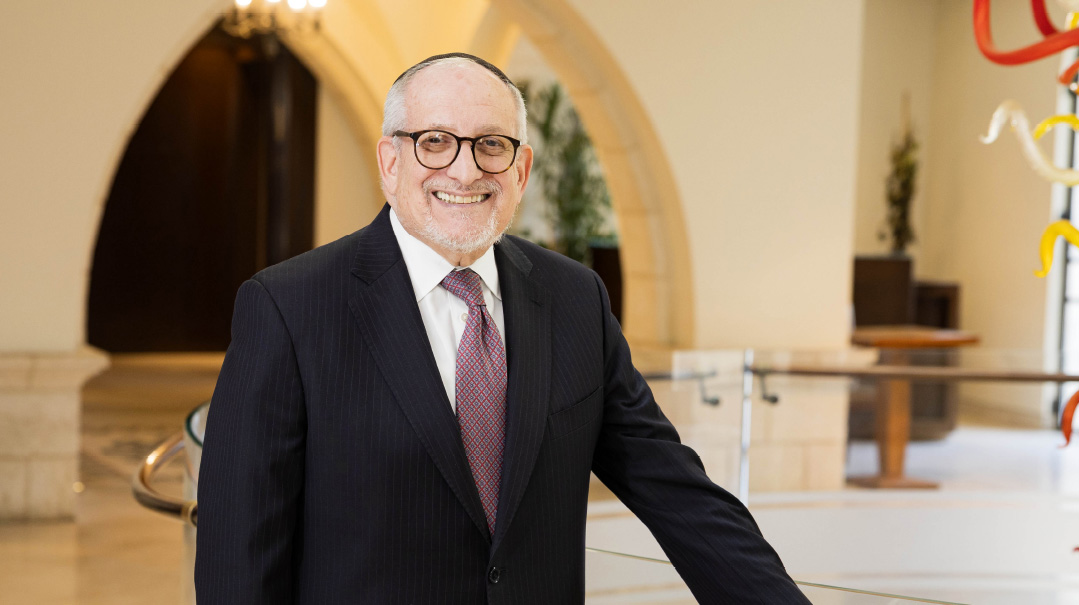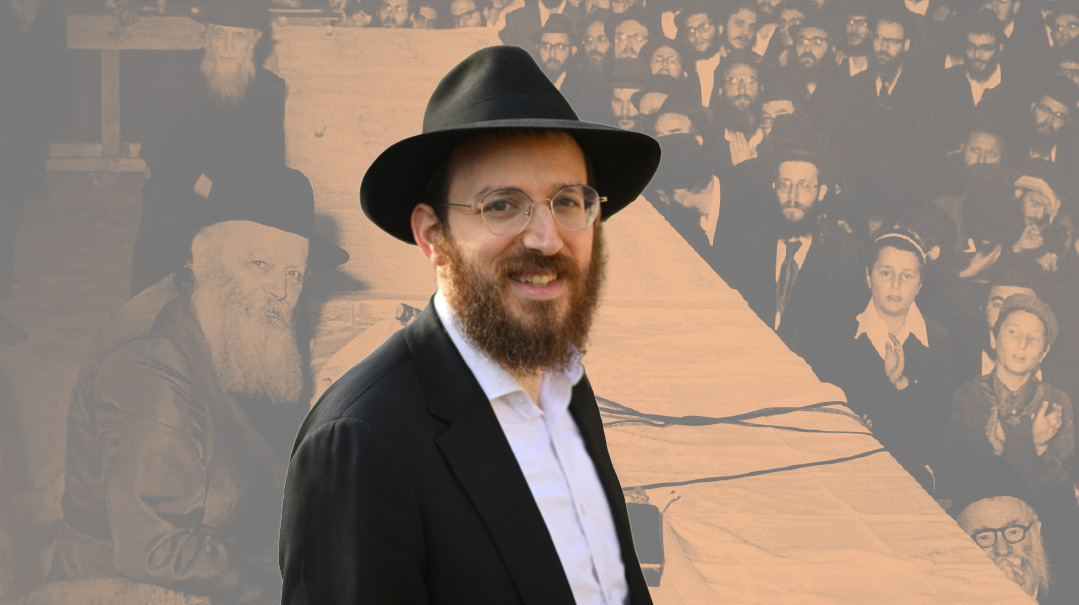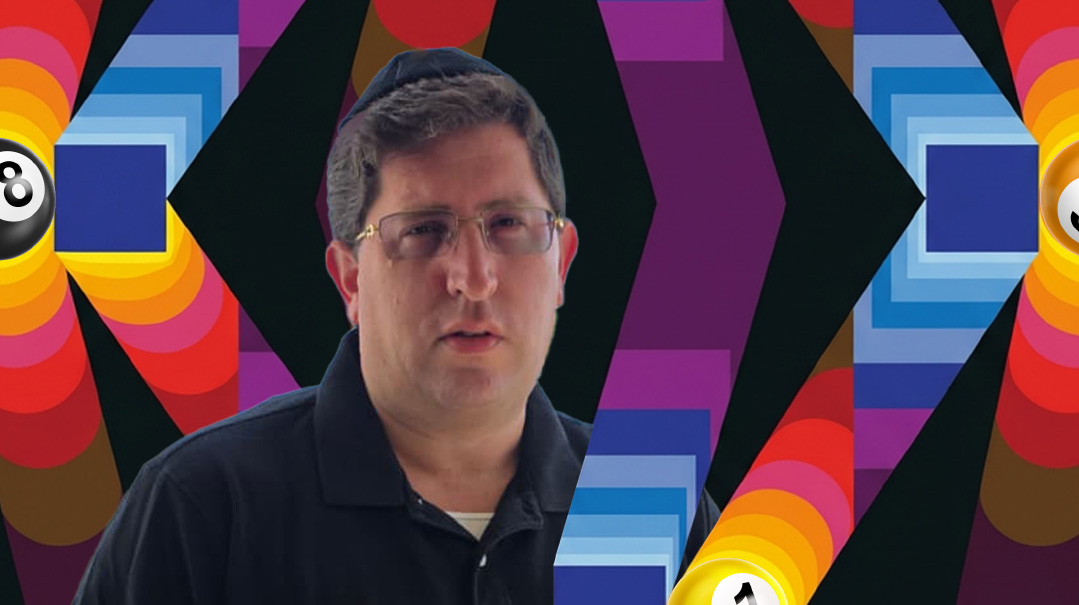Five Years On
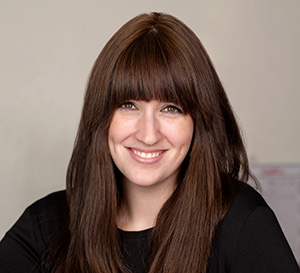

Where you were when you heard that the world would be shutting down?
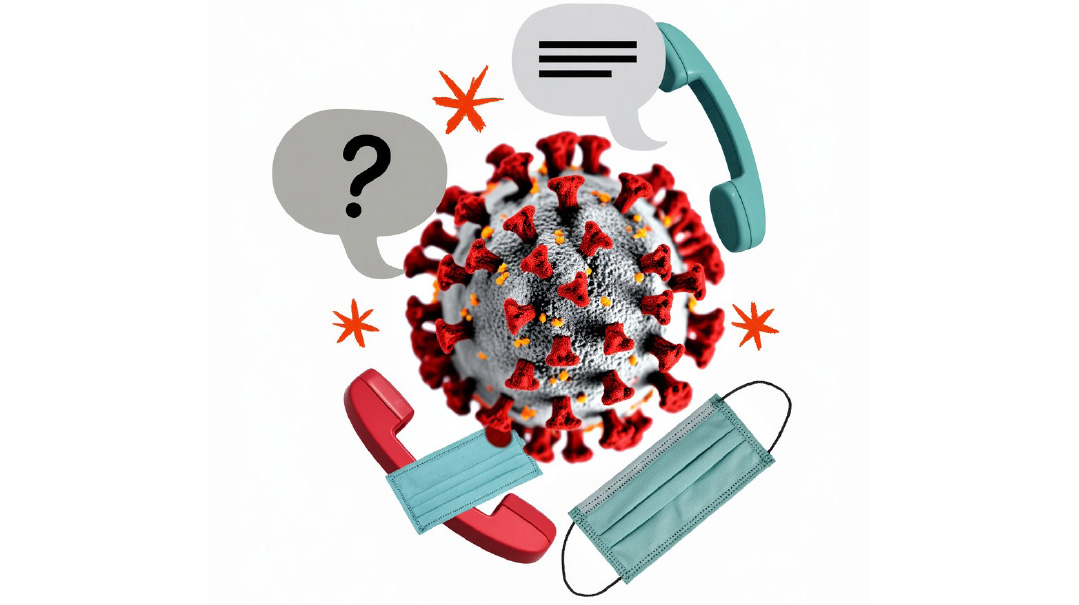
It’s been five years since COVID-19 wreaked havoc with our lives, when terms like “lockdown” and “shelter in place” entered our lexicon, when Zoom became our link to the outside, when a staggering number of friends and loved ones lay dying alone in isolated hospital wards. Nothing, it seemed, would ever be the same.
At the time, we asked experts in a variety of fields to make sense of our new reality. Five years later, as we’ve settled into a new normal, we’re circling back with another reality check: Did the world indeed change?
And did we?
By Mishpacha contributors
Coordinated by Michal Frischman
5 YEARS ON / Childrens’ Technology
Our Job Will Only Get Tougher
Dr. Eli Shapiro
F
or parents and for schools, managing technology is an all-encompassing, never-ending task. But it is the challenge of our generation. And that challenge has only been sharpened by our experience of Covid.
As I wrote in Mishpacha back in May 2020, both the following statements are true: Technology is good. Technology is bad.
This conundrum was accentuated by the sudden school closures in March 2020, which created many academic and social challenges for educators, parents, and students. Many schools shifted to screen-based platforms to provide some semblance of educational continuity. For many, this presented a significant concern around screen use and its impact on overall functioning.
I wrote in my article then that although the use of screens was not ideal, it presented a reasonable solution for an extraordinary and unprecedented challenge. Based on the research, children’s overall resilience would allow them to bounce back after they returned to school without experiencing long-term, clinically significant consequences of the excessive screen use.
While I stand by the article’s advocacy of temporary use of screens as a reasonable strategy for remote learning in the face of a global pandemic, what the article did not address is the impact that personal devices and excessive recreational screen time would have on children. We continue to see increases in recreational screen use for social media, gaming, and video streaming.
According to Common Sense Media, the average daily screen time for teenagers in 2015 was six hours and 40 minutes. That increased to eight hours and 39 minutes per day in 2021. Recent data from 2024 found an average daily screen time of seven hours and 22 minutes, representing a decline from the pandemic peak in 2021. A recently published study by the Pew Foundation found that 38 percent of teens say “they spend too much time on their smartphone or social media” and “roughly four in ten teens (39 percent) they have cut back.”
On a macro level, we are seeing this play out in schools, communities, and even in government. The excessive pandemic-driven screen engagement has triggered an unprecedented response: Parents are taking more restrictive approaches to their children’s technology use; schools are developing strategic policies on cell phone and social media use; and even state and local governments are taking meaningful steps to reduce the distraction that phones and social media present in school environments.
In New York state, for example, Governor Kathy Hochul put forth a comprehensive proposal to restrict smartphones in schools, even allocating more than $13 million in funding to help schools create storage for students’ phones during the day to help them go “distraction free.” Many other states are proposing similar strategies.
In our own community, with the support of the Consortium of Jewish Day Schools and my colleague Rabbi Baruch Noy, I have had the opportunity to work with many schools in developing a comprehensive technology strategy that includes parent and student education, faculty professional development, policy creation, and IT and educational technology support. This comprehensive approach differs from pre-pandemic strategies that were often more narrowly focused.
While Covid increased our engagement and dependence on technology, it also generated a better understanding of the opportunities and challenges it presents. It forced us to renew our commitment to reducing technology’s inherent intrusion on child development and family functioning.
Yes, it’s exhausting. As a rosh yeshivah recently bemoaned, “Oy, how simple it was when our challenge was just the TVs.”
I responded that with the ever-growing advancements in technology like virtual reality, augmented reality, and artificial intelligence, it won’t be long before we’re saying, “Oy, how simple it was when our challenge was just the iPhone.”
Dr. Eli Shapiro is a licensed clinical social worker with a doctorate in education and a specialist certificate in Jewish educational leadership. He is the creator and director of The Digital Citizenship Project.
Oops! We could not locate your form.

